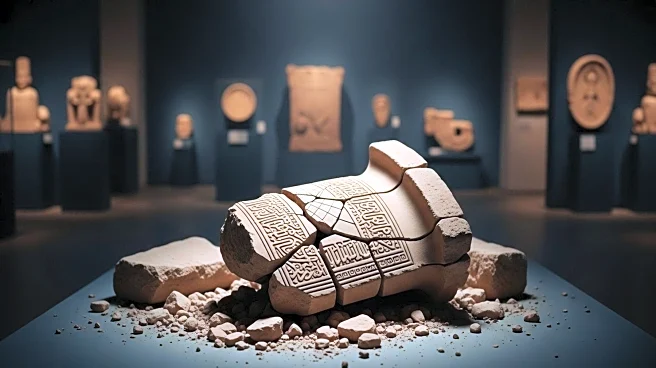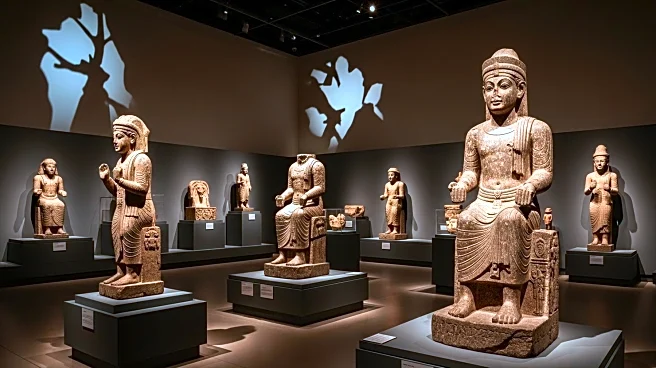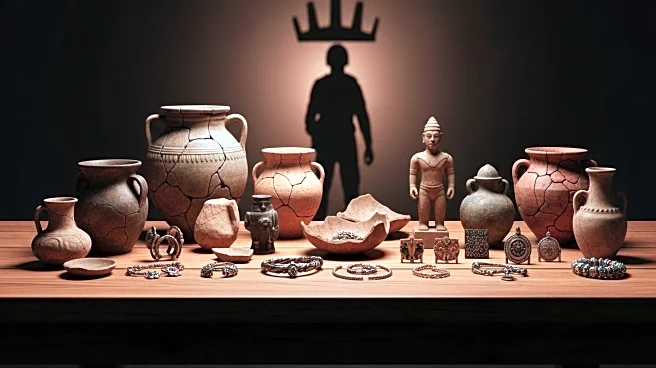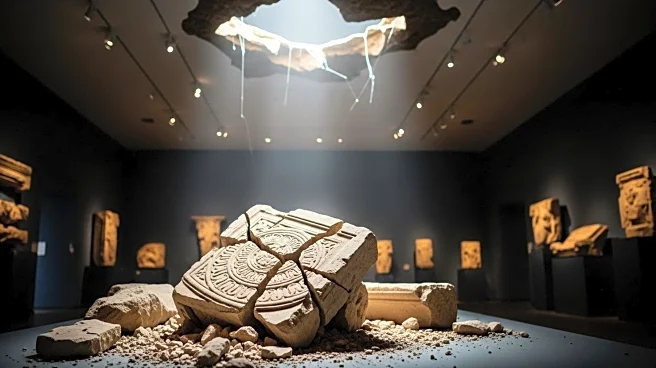What is the story about?
What's Happening?
Margherita Ciarletta, a 94-year-old woman from Scanno, Italy, has become a tourist attraction due to her commitment to wearing traditional clothing every day. Known locally as 'L’Ultima Regina' or 'The Last Queen,' Ciarletta is the last person in her village to wear the centuries-old attire, which includes a dark wool gown and cotton headband. Her unique appearance has drawn tourists who seek her out for photographs, despite her preference for privacy. Ciarletta has lived in Scanno all her life, maintaining her daily routines independently, and has become a symbol of cultural heritage in the region.
Why It's Important?
Ciarletta's story highlights the cultural significance of traditional attire and the impact of tourism on local communities. Her attire represents a disappearing cultural heritage, prompting local officials to seek UNESCO recognition for the costumes. The influx of tourists underscores the growing interest in cultural preservation and the challenges faced by individuals who become involuntary public figures. This situation reflects broader societal trends where cultural uniqueness can drive tourism, affecting local economies and community dynamics.
What's Next?
Local officials are advocating for UNESCO recognition of Scanno's traditional costumes as intangible cultural heritage, which could increase tourism and awareness of the region's cultural significance. Ciarletta's story may inspire similar efforts in other communities to preserve cultural traditions. The balance between cultural preservation and the impact of tourism will continue to be a topic of discussion, potentially influencing policy decisions regarding heritage sites and tourism management.
Beyond the Headlines
Ciarletta's experience raises questions about the ethical implications of tourism and cultural commodification. Her reluctance to embrace her status as a tourist attraction highlights the tension between personal privacy and public interest. The story also reflects broader themes of aging, community change, and the preservation of cultural identity in the face of modernization and depopulation.
AI Generated Content
Do you find this article useful?
















